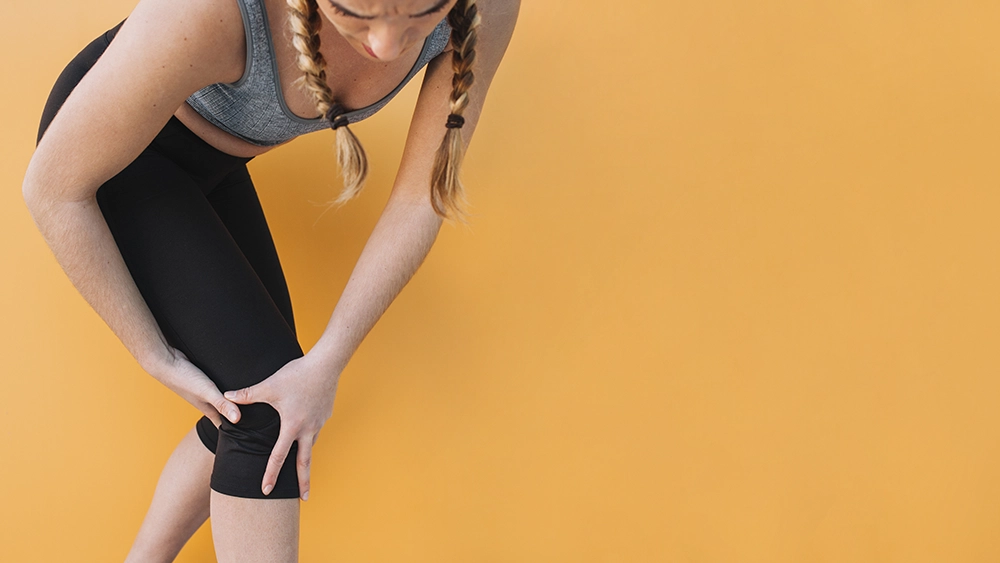You crushed your serves. Hustled on every return. Maybe even nailed a few backhand winners you didn’t know you had in you. But after the match—your knees? They’re barking.
If your knees hurt after tennis, you’re not alone. It’s one of the most common complaints we hear from recreational and competitive players alike. The mix of lateral movement, quick pivots, and abrupt deceleration is brutal on your lower body—especially if something’s off in your mechanics, strength, or recovery game.
At Accelerate Therapy and Performance, we help tennis players of all levels figure out what’s really going on with their knees—and get back to the court stronger, faster, and pain-free.
Let’s break down why your knees might be aching, how to tell if it’s serious, and what you can start doing now to fix it for good.
Why Tennis Is So Tough on Your Knees
Tennis is unique. It’s not just straight-ahead movement like running. It’s high-intensity, multi-directional, and includes:
- Explosive starts and stops
- Quick lateral changes
- Deep lunges and squats
- Rotational torque through the hips and knees
Combine that with hard court surfaces and unpredictable game lengths, and you’ve got a recipe for knee stress—especially if your muscles or joints aren’t absorbing force the way they should.
Most Common Reasons Your Knees Hurt After Tennis
There’s no single cause for knee pain—it usually comes down to a combo of load, alignment, and movement control. Here are the usual suspects we see at Accelerate:
1. Patellofemoral Pain Syndrome (PFPS) – aka “Runner’s Knee”
Pain around or behind the kneecap, especially during squats, stairs, or after prolonged play. Caused by poor tracking of the patella—often due to weak glutes or quad dominance.
2. Jumper’s Knee (Patellar Tendinopathy)
Pain just below the kneecap, especially with jumping, sprinting, or landing. Comes from overloading the patellar tendon without enough strength or recovery.
3. Quadriceps Tendinopathy
Pain just above the kneecap, often due to overuse and poor tissue capacity—common in athletes ramping up intensity too fast.
4. Meniscus Irritation or Tear
Pain, clicking, or catching inside the knee joint. Usually caused by rotational force during cutting or pivoting movements.
5. Iliotibial Band Syndrome (IT Band)
Pain on the outer part of the knee, caused by tightness in the IT band and poor hip control.
6. Weak Hips, Glutes, or Core
This one flies under the radar, but it’s huge. If your glutes can’t stabilize your hips, your knees end up taking the hit—especially during cutting, landing, or pushing off.
7. Ankle or Foot Mobility Issues
Limited dorsiflexion (ankle range) or collapsed arches can change your mechanics and overload the knees—especially on hard courts.
Quick Self-Check: Is It Serious?
Not all post-tennis knee pain is cause for panic. Soreness is normal—but here are some red flags that mean it’s time to get it checked out:
- Pain that lingers for more than 2–3 days
- Swelling, stiffness, or instability
- Clicking, popping, or catching during movement
- Sharp pain during squats or stairs
- Recurring pain that comes back every time you play
If any of those sound familiar, don’t wait. Early intervention = faster recovery and fewer setbacks.
How to Relieve Knee Pain After Tennis
Here’s the good news: most knee pain from tennis is fixable—and often without meds or surgery. At Accelerate Therapy and Performance, we take a multi-layered approach to get you back on court fast.
1. Reduce Inflammation
If your knee is inflamed post-match, start with:
- Ice for 10–15 minutes
- Gentle elevation
- Compression wrap if swelling is visible
If it’s acute pain, don’t push through it. Let things calm down before ramping activity back up.
2. Try These Recovery Drills
Heel Slides
Lie on your back, slide one heel up toward your glutes and back down. Improves joint motion without adding load.
Quad Sets
Tighten your quad by pushing your knee down into the floor. Hold 5 seconds. Great for reactivating quads post-swelling.
Glute Bridges
Helps activate the posterior chain (glutes/hamstrings), which offloads the knees during movement.
Dynamic Calf Stretch
Loosens the ankle and Achilles to restore lower chain mechanics. (We wrote a full guide on this).
3. Rebuild Strength Where It Counts
When the pain subsides, the next step is reloading the system—especially if poor mechanics or muscle imbalances caused the issue.
At Accelerate, we tailor strength work to your needs. But most knee pain clients benefit from:
- Glute medius and maximus activation
- Eccentric quad and hamstring work
- Single-leg stability drills
- Core control exercises (anti-rotation work especially)
- Hip mobility work to reduce knee compensation
These techniques help reduce pain quickly and improve movement capacity so you can train again sooner—with less risk of re-injury.
5. Movement and Gait Analysis
This is where real change happens. We assess how you move on and off the court—looking at:
- Squat mechanics
- Lunge patterns
- Landing form
- Balance and symmetry
- Foot strike and ankle mobility
Then we fix the faulty patterns that led to the pain in the first place.
Prevention Tips: Keep Knee Pain Off the Court
You don’t have to wait until your knees hurt to take action. Here’s what we recommend for our tennis athletes and weekend warriors:
- Warm up dynamically before matches (think lunges, high knees, lateral shuffles)
- Strength train 2x/week, even in-season
- Use supportive footwear—worn-out shoes = worn-out knees
- Stretch and mobilize the hips and calves regularly
- Build ankle mobility and glute strength to offload the knee
- Cross-train wisely—balance tennis with lower-impact recovery like swimming or biking
What If It Doesn’t Go Away?
If you’ve tried stretching, rest, or foam rolling—and the knee pain keeps coming back—it’s time to dig deeper. At Accelerate Therapy and Performance, we don’t just chase symptoms. We find the actual cause, and we fix it with:
- Movement re-education
- Custom strength programming
- Real performance rehab
- Support from therapists who get what athletes need
Whether you’re playing casually or chasing tournament wins, your body deserves to move pain-free—and play pain-free.
Let’s Get You Back to the Court
Knee pain doesn’t mean you have to quit tennis. It just means something in your movement system needs attention. And the sooner you fix it, the less likely it is to turn into a bigger problem.
At Accelerate Therapy and Performance, we help athletes like you bounce back stronger, safer, and smarter. We’ll guide you through hands-on therapy, build a game-ready plan, and make sure you stay in the game for the long haul.Book your consultation today, and let’s get your knees (and your game) back on track.



